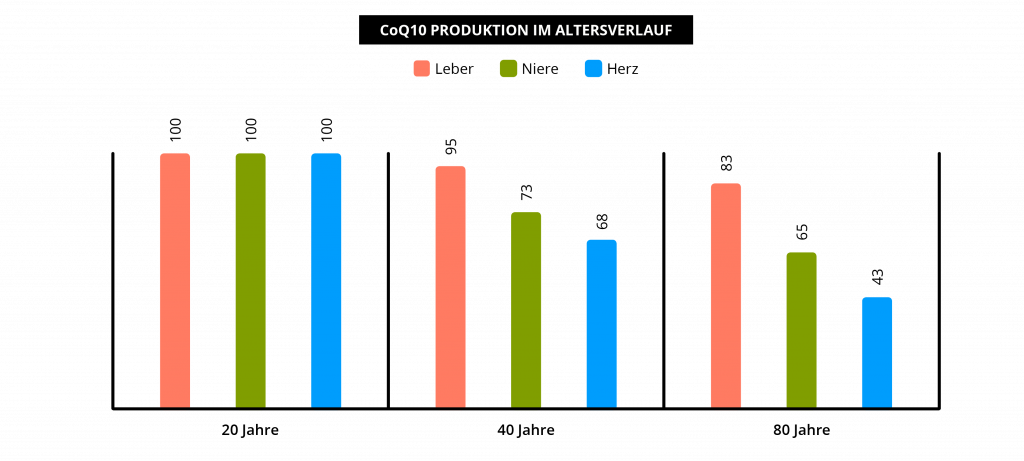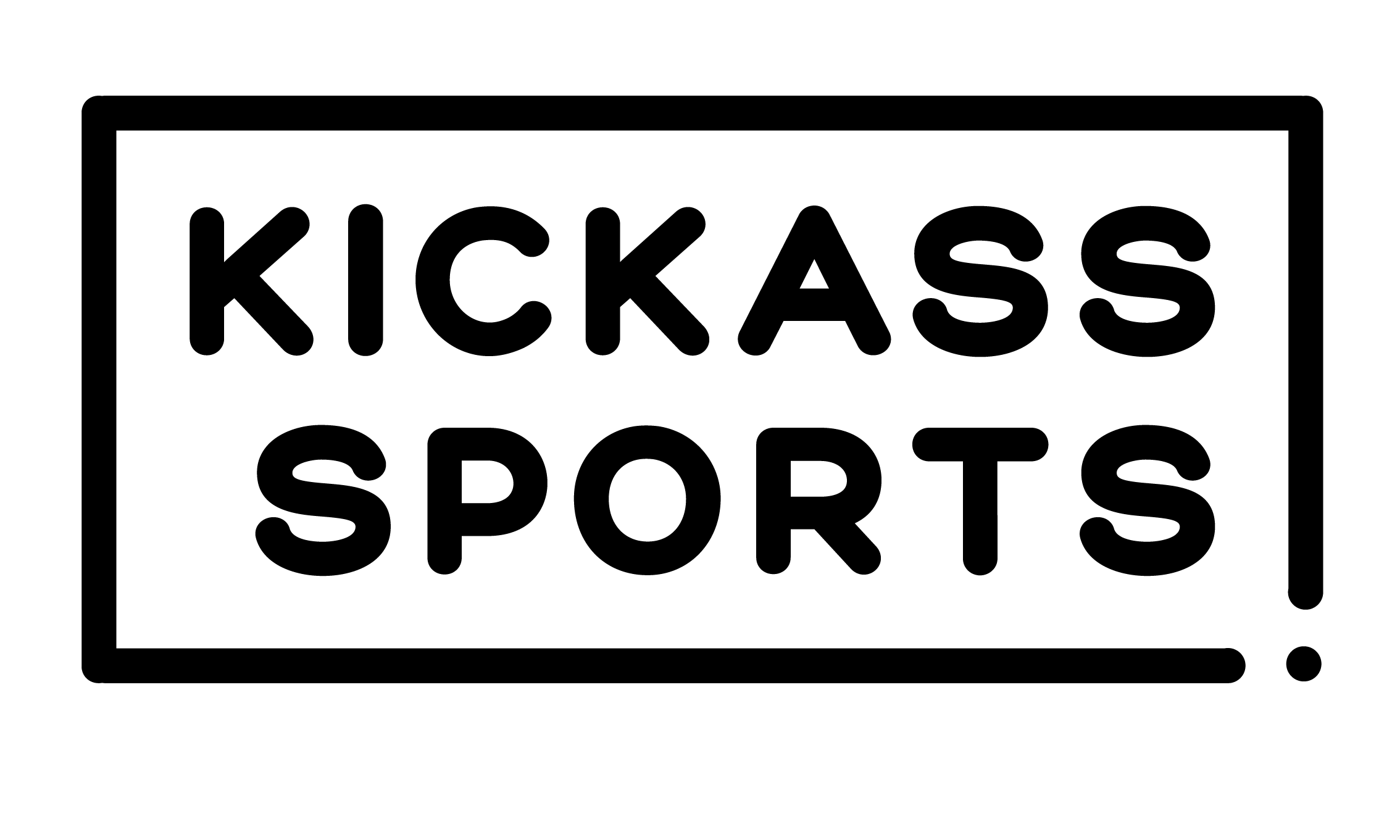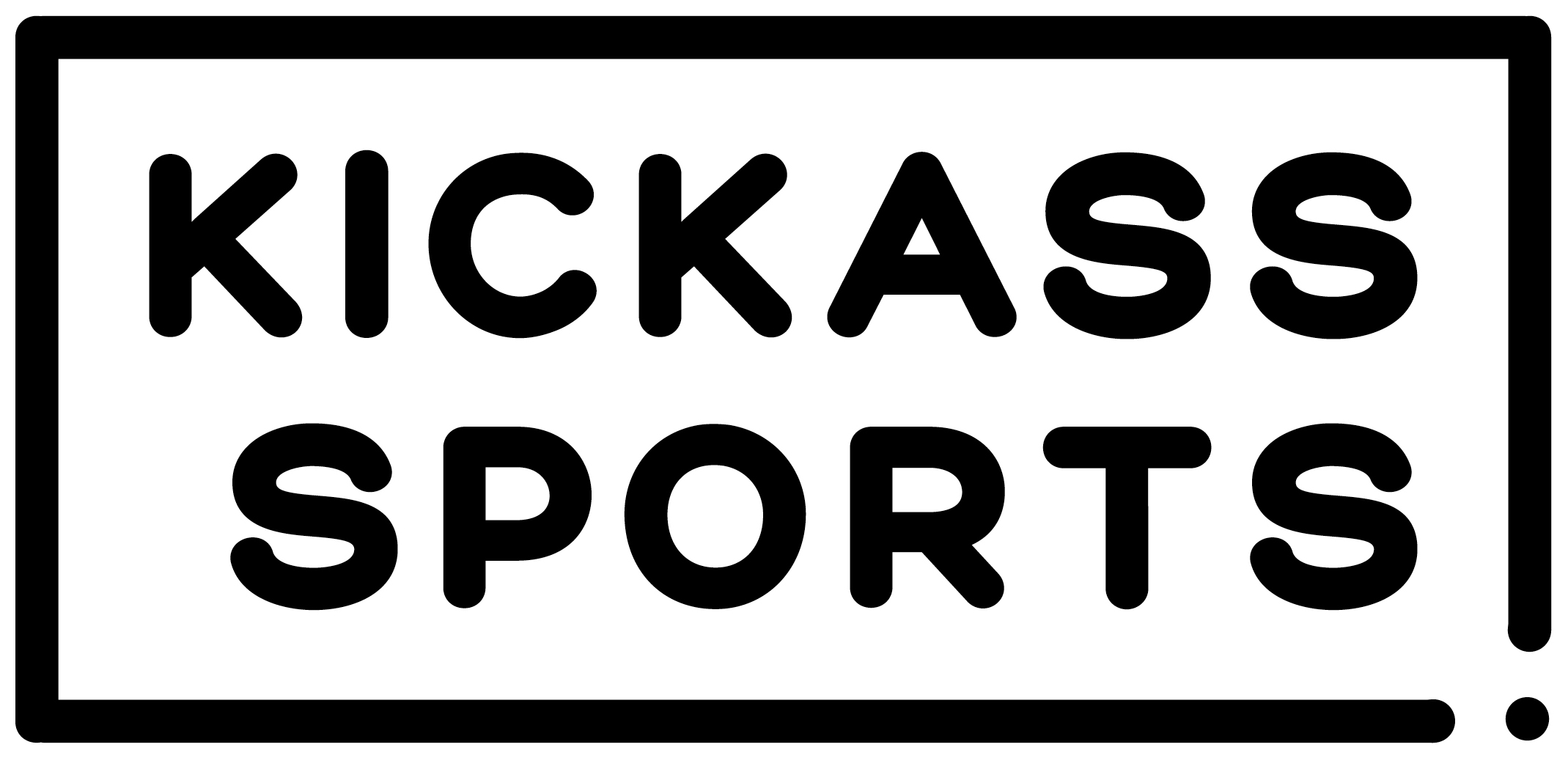KickAss Balance
Regeneration in triathlon training
KickAss Partner • 26. March 2021 • 3 Min.
Regeneration is a common topic very often ignored or not done in a proper way, which leads to the common question: How can I improve my regeneration qualitatively and quantitatively?
In order to meet the increased regenerative demands in triathlon, the “traffic jam on the regeneration highway” can be relieved with the help of frequency-modulated applications. Such applications make use of a small muscle in the ear, connected with nerves, has direct access to the vagus nerve, the largest nerve of the parasympathetic nervous system.
In the body, the parasympathetic nervous system takes over, among other things, the functions of recovery and healing – in short, the regeneration of the organism. Based on this knowledge, a mobile system was developed that increases the regeneration performance via frequency-modulated acoustic signals such as music, nature sounds, adaptive noise and trigger signals. This shortens the regeneration time and leads to higher performance in the long run. These personalised systems are applications at the highest level, used by many professional and competitive athletes in triathlon, even in professional football, handball, swimming, cycling and athletics.
Sufficient recovery
A triathlete has increased regenerative requirements in comparison to many other athletes. Why is this so? During swim training, an athlete uses a mix of all his/her muscles, whereas during cycling and running, the lower extremities are required to a much greater extent. As a result of high training volumes there is high energy consumption.
Every running step causes the muscles and especially the bones to vibrate. In the long run, these vibrations lead to micro-wear in the musculoskeletal system. The body repairs the defective components through intelligent processes, which we simplistically call regeneration. Muscle and bone pain are often a sign of a lack of balance between regenerative processes and training loads.

Stress leads to traffic jams on the regeneration highway
The problem, especially with repair processes, is the time factor. Muscle cells can be replaced relatively quickly by the body, whereas ligament, tendon and bone cells need considerably more time. Relatively means that the triathlete always has enough building materials and energy available. However, there is another elementary factor to the regenerative success formula – the qualitative regeneration time. During the qualitative regeneration time, the body not only replenishes its energy stores, but increases them and also increases the resilience of the musculoskeletal system.
The regeneration time is often interrupted or slowed down by negative emotions and increased mental or social stress. This leads to unnecessary traffic jams on the roads to the energy depots and muscle building sites.
Clear the way for regeneration
Emotional calm, so-called “quiet-mind-states” ensure that the body can unfold its regenerative powers. They are the prerequisite for fast-acting regeneration and thus support the highly effective updates during sleep.
However, the general regenerative quality decreases with age and the need for regeneration increases. Testosterone and CoQ10 production also decreases. In young athletes, mental stress has increased due to the current lifestyle, which can have a negative effect on regeneration.

How can regeneration be qualitatively and quantitatively improved?
Frequency-modulated applications are an important building block here. Here, direct access to the vagus nerve is used via a small muscle in the ear and the nerves connected to it. The vagus nerve is the largest nerve of the parasympathetic nervous system, which, among other things, takes over the functions of recovery and healing – in short, regeneration – of the organism in the body. Based on this knowledge, our partner modular has developed a mobile system called Neuronavi over many years of research, which increases regeneration performance via frequency-modulated acoustic signals based on music, nature sounds, adaptive noise and the targeted use of trigger signals. This also shortens regeneration times and achieves higher performance in the long run. These personalised and individually programmed systems at the highest level, used by many professional and competitive athletes in triathlon, professional football, handball, swimming, cycling, track and field, are a “gold standard” among neural applications in sports. KickAss customers receive a 10% discount on these systems.

